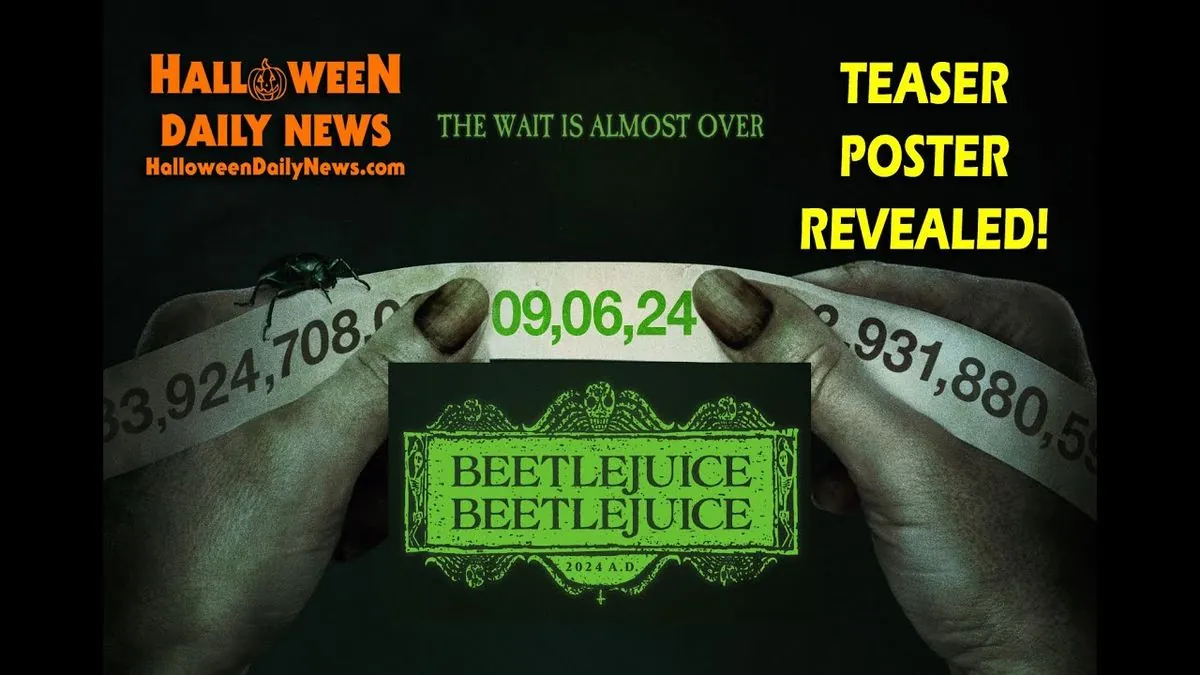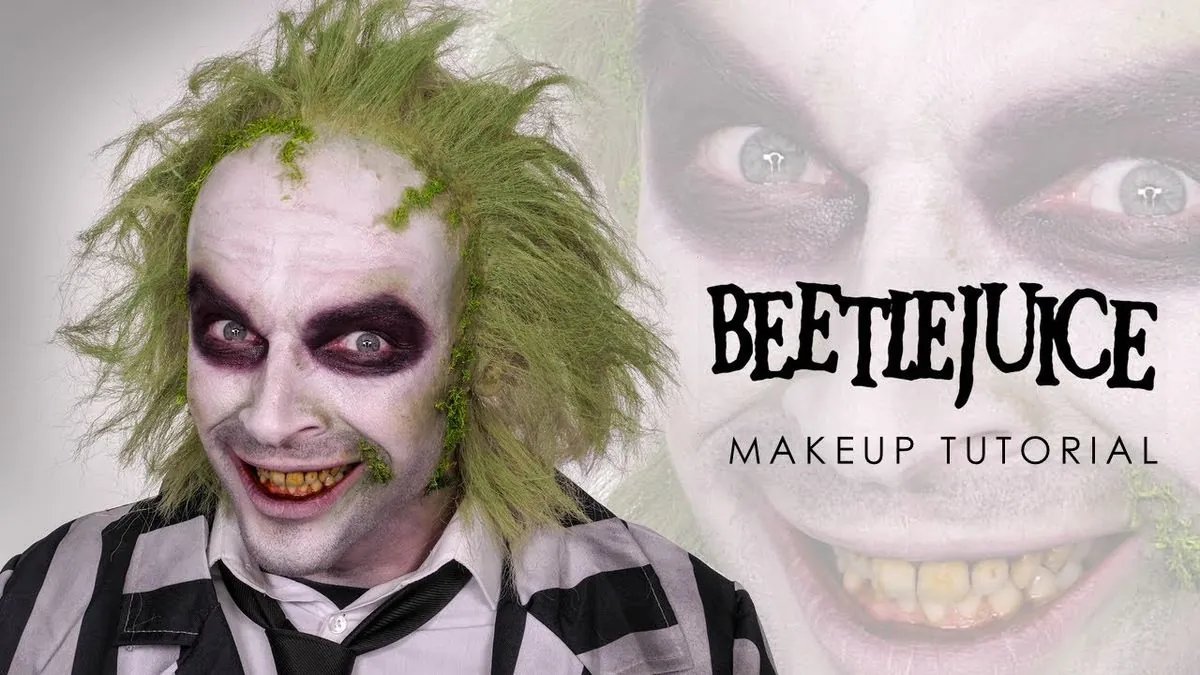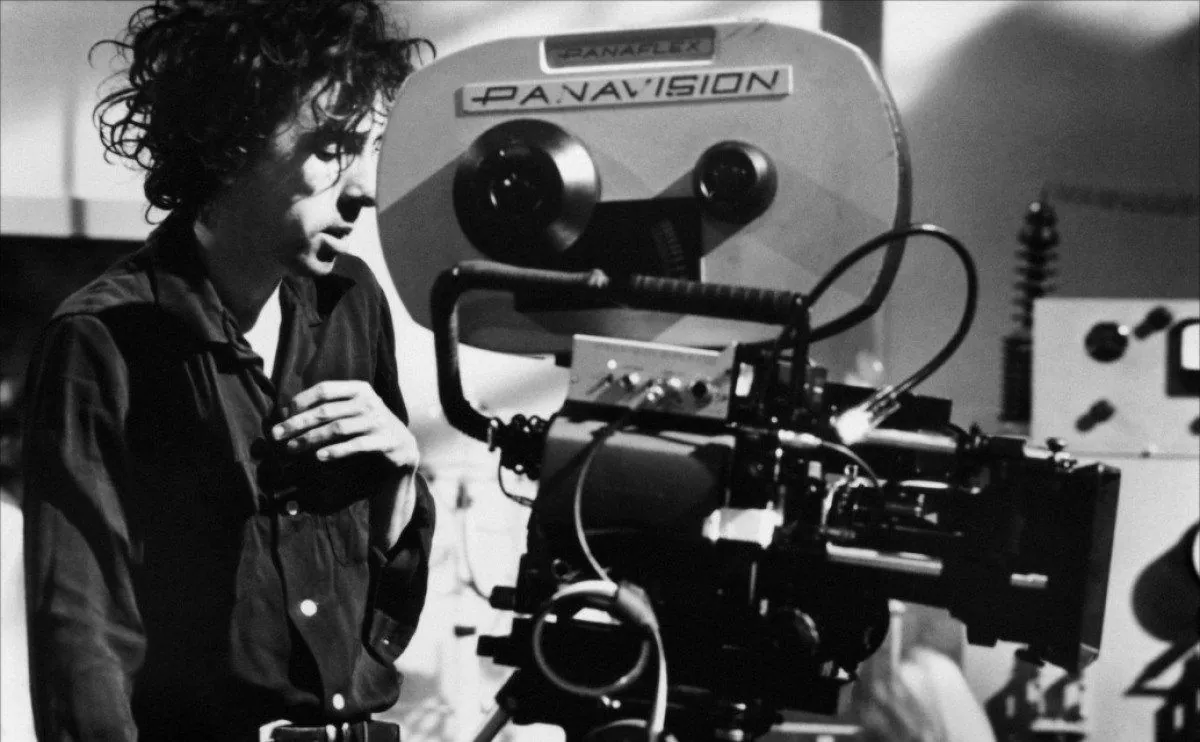Beetlejuice Sequel: A Mixed Bag of Nostalgia and Modern Hollywood Tropes
The long-awaited "Beetlejuice" sequel arrives with familiar faces and new twists. While it captures some of the original's magic, it also reflects the changes in Hollywood storytelling over the past 36 years.

In the realm of cinematic resurrections, Tim Burton's "Beetlejuice Beetlejuice" emerges as a curious blend of nostalgia and contemporary filmmaking. Released 36 years after its predecessor, this sequel attempts to recapture the eccentric charm that made the original a cult classic.
The film reunites key players from the 1988 hit, with Michael Keaton, Winona Ryder, and Catherine O'Hara reprising their iconic roles. Keaton's return as the mischievous bio-exorcist Betelgeuse is particularly noteworthy, bringing his trademark chaotic energy to the screen once again. It's worth noting that in the original film, Keaton's character appeared for only about 17 minutes, yet left an indelible mark on audiences.

Ryder, who was merely 16 years old during the filming of the original, now portrays an adult Lydia Deetz. Her character's evolution from a gothic teenager to a paranormal investigator adds an intriguing layer to the narrative. O'Hara's Delia Deetz returns with amplified eccentricity, her performance enriched by her recent work in popular television.
The sequel introduces new characters, including Jenna Ortega as Lydia's daughter Astrid, and Monica Bellucci as Betelgeuse's ex-wife. These additions aim to expand the "Beetlejuice" universe, though they sometimes lead to an overcrowded plot.
Burton's direction attempts to balance the original's offbeat humor with more structured storytelling. However, this approach occasionally clashes with the anarchic spirit that defined the first film. The original "Beetlejuice" was renowned for its unconventional narrative and visual style, winning an Academy Award for Best Makeup and grossing $74.2 million worldwide on a modest $15 million budget.
"The challenge was to capture the spirit of the original while bringing something new to the table. We wanted to honor what made 'Beetlejuice' special while adapting to modern audience expectations."
The film's special effects pay homage to the original's innovative use of stop-motion animation, a technique Burton employed extensively in 1988. This nod to practical effects provides a welcome contrast to the CGI-heavy landscapes of contemporary blockbusters.
While "Beetlejuice Beetlejuice" delivers moments of the surreal comedy that fans expect, it also falls into familiar Hollywood tropes. The mother-daughter conflict between Lydia and Astrid, for instance, feels formulaic compared to the original's more unconventional family dynamics.
Despite its shortcomings, the film offers enough nostalgic charm and fresh elements to entertain both long-time fans and newcomers. It serves as a testament to the enduring appeal of Burton's gothic aesthetic and the memorable characters he created over three decades ago.
As the credits roll, viewers may find themselves reflecting on how both cinema and Burton's style have evolved since 1988. "Beetlejuice Beetlejuice" stands as a curious artifact of this evolution, simultaneously celebrating and transforming the legacy of its predecessor.



































